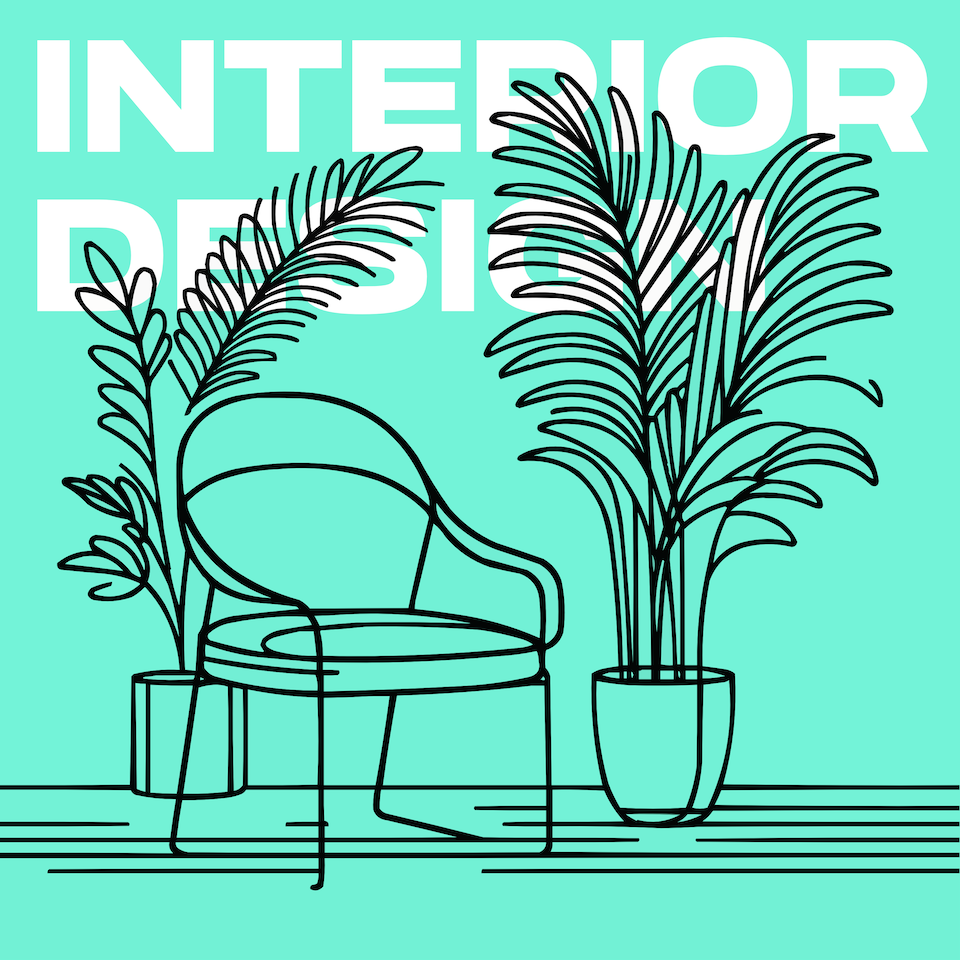Unlocking the Brilliance of Blending: The Interplay of Color and Pattern
Hello, and welcome back to "Interior Design for Beginners," the podcast that aims to demystify the art of decorating, making it accessible and enjoyable for everyone. Whether you're looking to refresh a room or undertake a complete home makeover, understanding the principles of design can transform your space. Today, we're diving into a fascinating topic that combines two powerful design elements: color and pattern. At first glance, the interplay of color and pattern may seem daunting, but it's a game of balance and harmony that, when mastered, can bring a dynamic vibrancy or a subtle elegance to any room. Imagine walking into a space where the colors speak to you, whispering moods and emotions, while patterns dance around, creating movement and depth. This isn't just about aesthetics; it's about telling your story through the spaces you inhabit. First, let's talk about color. Color isn't just visual; it's psychological. It has the power to influence mood, elicit emotions, and even alter perceptions of space. Warm tones like reds, oranges, and yellows can energize a space, making it feel lively and vibrant, while cool tones such as blues, greens, and purples can create a calming and restful ambiance. Neutral tones, on the other hand, offer a canvas on which patterns can play without overwhelming the space. Patterns add another layer of complexity and interest. They can range from geometric precision to organic fluidity, from stark monochromes to rich, multicolored tapestries. The key to incorporating patterns into your design without it feeling chaotic is to consider scale and relationship. A large, bold pattern can serve as a focal point, while smaller, subtler patterns can complement and enhance without competing for attention. Now, blending these two elements might seem like a high-wire act, but here's where the magic happens. Begin with a foundation color, something that resonates with the feel you're aiming for in your space. This color will anchor your design, providing a backdrop for the patterns to emerge. When selecting patterns, consider their color intensity and scale in relation to your base color. Harmonizing these attributes can create a cohesive look that feels intentional and polished. A pro tip for blending patterns is to mix different types but keep a consistent color scheme. For example, pairing a floral print with a geometric pattern can add an intriguing contrast, but using them in similar colors ties the room together. Additionally, introducing textures through fabrics and finishes can add depth and interest, further enhancing the interplay of color and pattern. Remember, there are no hard and fast rules in interior design, only guidelines that serve as a starting point for your creativity. Experiment with swatches and samples, seeing how different combinations affect the feel of a space. Ultimately, the goal is to create an environment that feels right to you, a space where colors and patterns harmonize to tell your unique story. In closing, mastering the blend of color and pattern is an adventurous journey, one that invites you to play, explore, and express your individuality. So, the next time you're contemplating a design project, embrace the challenge. Let color and pattern be your tools for crafting spaces that not only look beautiful but feel uniquely yours. Thank you for tuning into "Interior Design for Beginners." I hope today's episode inspires you to experiment with color and pattern in your own spaces. Until next time, happy decorating.
Brought to you by Room AI
